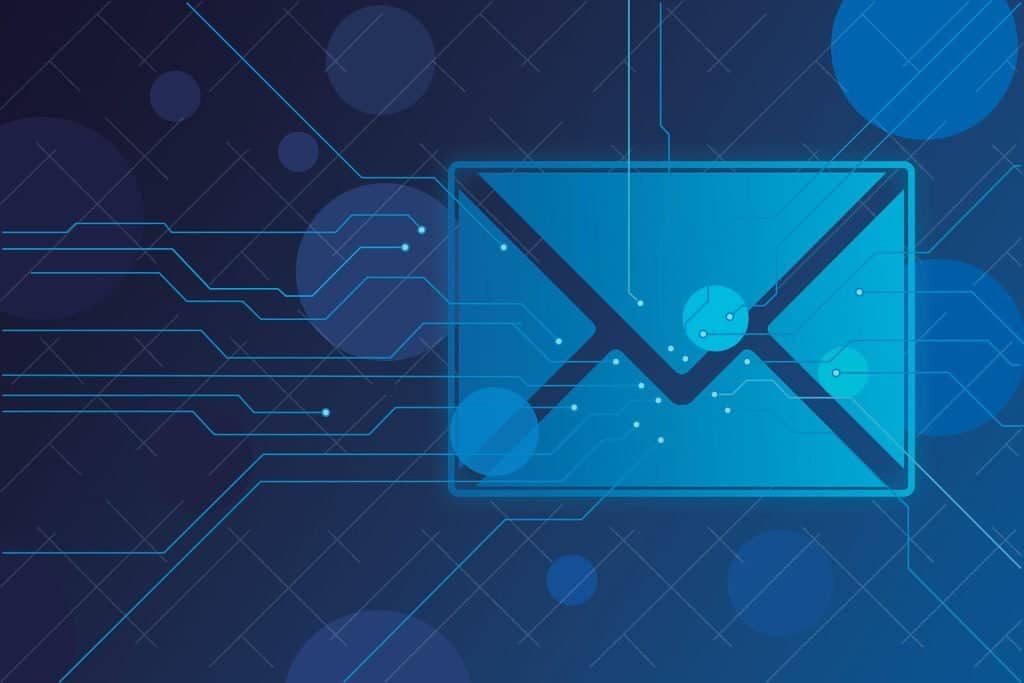Digital communication is more critical than ever, and email is one of the most widely used ways to connect with customers, partners, and other contacts. However, email is also a significant target for cybercriminals looking to steal confidential data or disrupt operations. As business owners, it’s essential to know email security best practices to keep your business safe from cyber threats.
Table of Contents
ToggleWhether you rely on email marketing to drive revenue, cold outreach to generate leads, or email communications to manage your team, email security is the key to protecting your business. Keep reading for the nine email security best practices to ensure your email remains safe.
1) Manage passwords carefully
Passwords are the first line of defense for email security, so always create strong passwords that contain a mix of upper and lowercase letters, numbers, and special characters. These passwords are much harder for hackers to guess or crack.
Additionally, make sure to use a different password for each email account and change it regularly. This will ensure that, in the event of a breach, not all of your email accounts will be compromised.
2) Enable two-factor authentication
Two-factor authentication (2FA) offers an extra layer of email security by requiring an additional verification step before granting access to email accounts. This can be a one-time code sent to your email or mobile device, a security question, or biometric authentication such as fingerprint scanning.
Two-factor authentication helps keep email accounts safe by making it harder for hackers to access them. This is especially important for email accounts that contain sensitive and confidential data, like those belonging to businesses with customer data.
3) Don’t bite on phishing attacks
Phishing attacks are email messages that appear to come from legitimate senders to steal confidential information or install intrusive software. Business owners should be aware of the signs of email phishing, including suspicious email addresses and email content that requests personal information.
However, phishing attacks aren’t always obvious. Often, hackers duplicate the branding and the landing page of a legitimate email sender to deceive unsuspecting users further. They may even encourage email recipients to enter their usernames and passwords into a fake form to gain access to private accounts.
If you are unsure of an email’s authenticity, don’t click on any email attachments or links. Instead, contact the company directly to verify whether or not they sent the message.
4) Scan all email attachments
One of the simplest email security best practices is to scan all email attachments for malware and viruses. Before opening or downloading an email attachment, always run a quick scan to detect any malicious code that may have been injected into the file.
While many email clients come with basic antivirus scanning capabilities, these can miss more sophisticated threats. For high-value email accounts, consider using a professional email security service that can scan, detect, and identify email-borne threats.
5) Use a DMARC record
To protect your email from impersonation attacks, use DMARC. DMARC stands for Domain-based Message Authentication, Reporting, and Conformance, and it is the most popular standard for email authentication.
If your DNS shows the error message “No DMARC record found“, simply add a DMARC TXT record to your email domain. This will help email providers detect and reject email messages that are sent from unauthorized sources, preventing email spoofing attacks. Not only does this simple step protect your brand value, but it also ensures your email deliverability is not impaired by spammers.
6) Encrypt email communications
Data encryption is a must in terms of email security best practices. Encrypting email messages ensures that the content remains inaccessible, even if it gets intercepted by a third party.
There are a few email encryption methods available, such as OpenPGP and S/MIME. Email clients widely support these protocols, making them easy to enable and highly effective in protecting email data.
However, most casual users never realize the power of email encryption. Business owners should educate their teams on email encryption and guide how to securely send confidential email attachments to prevent unauthorized access.
7) Avoid public WIFI networks
If your inbox contains sensitive information, it’s best to avoid using public Wi-Fi networks to access email. Public Wi-Fi networks are unsecured and can easily be hacked, allowing bad actors to intercept email communications and steal confidential data.
Instead, consider using a virtual private network (VPN) when using your email. VPNs create a secure, encrypted tunnel between the user’s device and the remote network, ensuring that email messages remain private – even when sent over public Wi-Fi connections.
8) Access email from approved devices
When dealing with sensitive information, it’s important to ensure that email is only being accessed from secure devices. That means avoiding public computers and shared workstations and, instead, using company-issued devices that are regularly updated and maintained.
Business owners should also consider implementing a mobile device management (MDM) solution to monitor email usage on mobile devices actively. MDMs can detect email access from unauthorized devices and alert administrators of any suspicious or risky activity.
9) Discuss email security best practices with your team
Finally, email security best practices should be discussed and implemented with the entire team. Ensure everyone with access to company email accounts is aware of email threats and how to protect email data.
You can provide email security training to your team and helpful email security resources such as whitepapers and guides on best practices. Encourage team members to adhere to email security protocols at all times and hold regular email security audits to ensure that email data is secure.
Final thoughts
By following these email security best practices, business owners can ensure their email remains safe and confidential. Whether you’re sending out customer newsletters or managing user data, email security is essential for protecting your brand, your operations, and your customers.
Failing to provide email security can lead to data breaches, email spoofing attacks, and other email-related threats that can cause significant financial losses. With the right email security measures in place, you can rest assured that your email data stays protected from malicious actors.





